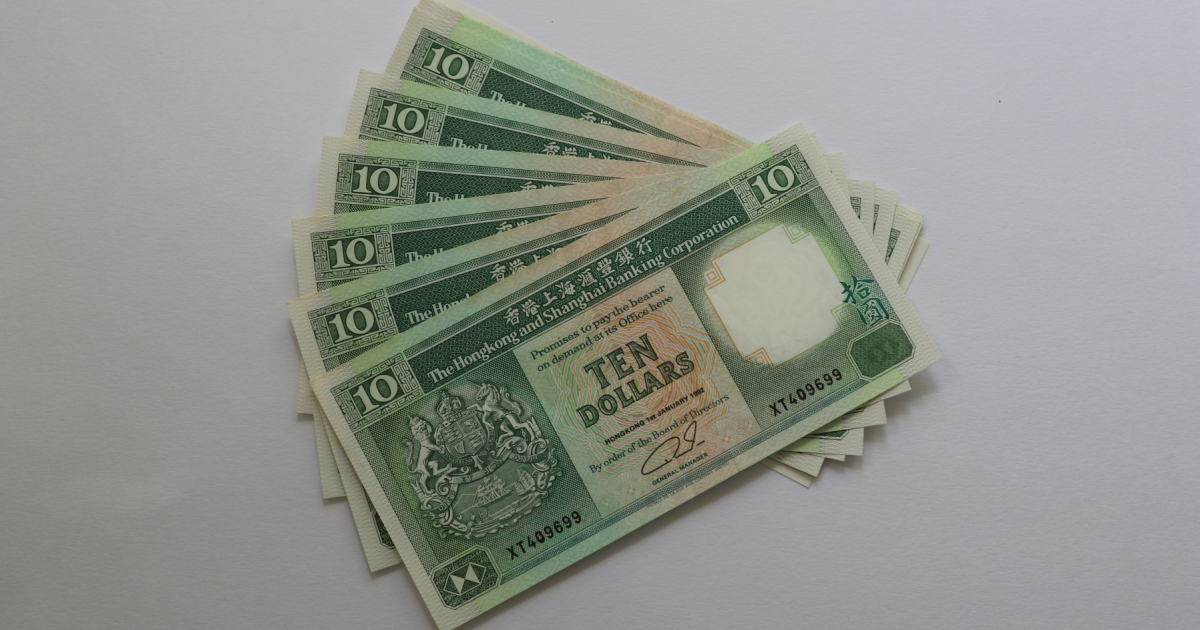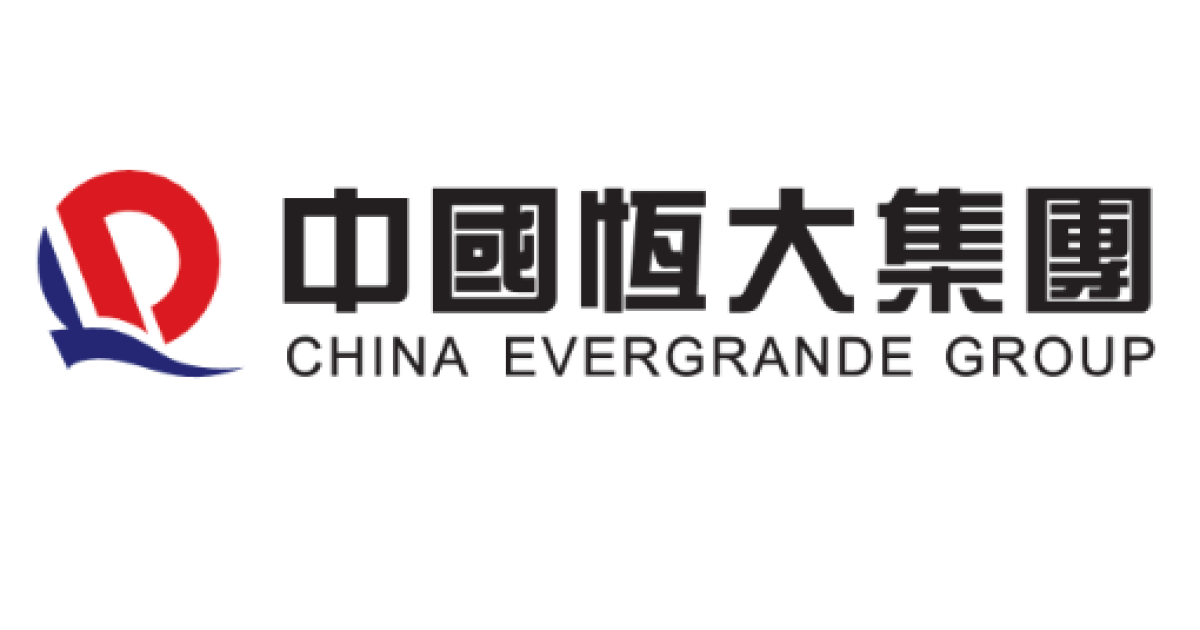SEOUL — The scrapping by the United States of a decades-old limit on how far South Korea’s missiles can fly has boosted share prices of the country’s key arms and aerospace manufacturers on expectations of future business.
The guidelines imposed 42 years ago had prevented South Korea from developing missiles with a range of over 800 kilometers. The decision to end the prohibition was announced during a summit between presidents Joe Biden and Moon Jae-in. It is a milestone for the East Asian country, which has long worked to gain more operational control in defense matters.
Investors were quick to react, sending shares of South Korea’s three major defense companies higher last week with enthusiasm for long-term prospects of government orders for longer-range missiles as well as the development of commercial rockets and satellites.
“The termination of the missile guidelines… is a symbolic and substantial action which represents the strong alliance of the Republic of Korea and the U.S.,” President Moon said during a lunch meeting last Wednesday with the leaders of five political parties after his return from Washington, where he met Biden on May 21.
“Having secured missile sovereignty, we can send up our satellites with our own launch vehicles into space, paving the way for the development of our aerospace industry,” Moon said.
Missile developer LIG Nex1 saw its share price jump 13.9% last week, while Hanwha Aerospace, which manufactures rocket components and aircraft engines, gained 10.9%. Korea Aerospace Industries, a warplane manufacturer, increased 7.6%.
The three companies continued to rally this week and analysts say that the upward moves are likely just the beginning.
“Shackles on the development of the country’s missiles and aerospace rockets have been removed,” Lee Kyoung-min, a strategist at Daeshin Securities, said in a note, heralding what he said could be “the starting point for the country’s aerospace industry.”
The Korea Defense Industry Association, a lobby group, said it sees member companies winning new contracts from the government as well as for aerospace projects, such as developing the country’s own satellite positioning system, commercial rockets and satellites.
Ahn Sang-nam, a KDIA director, said that while the ultimate impact remains unclear, “It is encouraging that we can develop and apply [our technology] in the aerospace field beyond the military sector.”
The missile limit was imposed in 1979, and initially specified a maximum range of 180 km to prevent South Korea from potentially targeting regions beyond Pyongyang, the North Korean capital. The range was extended to 300 km in 2001 and 800 km in 2012 at Seoul’s request.
The U.S., which led a multinational U.N. force to help South Korea stave off a North Korean invasion during the 1950-53 Korean War, has maintained wartime operational control of defense matters ever since. Plans to transfer that to South Korea have been repeatedly delayed, and it is now expected to take a few more years.
The decision to drop the missile restriction comes as South Korea’s defense budget is on the rise.
The country’s 2021 defense budget jumped 5.4% to 52.8 trillion won ($47.6 billion) from a year ago, with arms outlays rising 1.9% to 17 trillion won. LIG Nex1 expects spending will be increasing by an annual average of 7.2% by 2025.
South Korea had the world’s 10th largest defense budget in 2019 at $43.9 billion, according to the state-run Defense Agency for Technology and Quality (DATQ).
Despite industry and investor optimism, the Defense Ministry said that it has no plans for the time being to develop or order any missiles with a range exceeding 800 km.
But in a sign of South Korea’s space ambitions, it joined the U.S.-led Artemis lunar exploration program last week. South Korea is the 10th country to join the project, which includes the Japan and the U.K.
South Korea’s defense industry traces its roots to the 1970s under the presidency of military strongman Park Chung-hee when the country was a maintenance partner for U.S. arms companies. Since then, its weapons manufacturing has developed with investments by major conglomerates such as LG, Hanwha and Samsung.
The top three players are LIG Nex1, a spin off from conglomerate LG, Hanwha Aerospace and state-run KAI.
Samsung Electronics pulled out of the market in 2015 by selling its defense affiliate to Hanwha as part of Vice Chairman Lee Jae-yong’s plan to focus on the company’s core technology business.
Cooperation with foreign companies was essential to the industry’s growth. Samsung, for example, launched a joint venture with Thales Group of France in 2000 to develop surveillance patrol radars and pinpoint strike technology. The former JV, Samsung Thales, was renamed as Hanwha Thales after the sale. It has since been rebranded as Hanwha Systems after Thales sold its stake to the company.
Among international successes for the industry are KAI’s T-50 advanced jet trainers, which have been sold to Indonesia, Iraq, the Philippines and Thailand. So far, 137 South Korean aircraft have been exported to seven countries, according to the Korea Aerospace Industries Association.
Despite the local industry’s advance, the Stockholm International Peace Research Institute said in its 2020 yearbook that South Korea lags behind global leaders such as the U.S. and Russia, which accounted for 36% and 21%, respectively, of the global arms export market between 2015 and 2019. China ranked fifth with 5.5%, while South Korea was 10th with 2.1%.
Hanwha Aerospace ranked 46th in the top 100 global arms companies in 2018, while KAI was 60th and LIG Nex1 67th, according to the SIPRI data.
In some respects, ending the missile limit is a formality as even with the 800 km restriction most of North Korea was within South Korean missile range. But Cheon Seong-whun, a professor of political science at Kookmin University, says the significance is to be found more in what he calls a “normalization process” for South Korea.
“We can have deterrence from uncertainties in the future,” Cheon said, stressing that longer-range missiles won’t target China or Russia. “It’s for protection and deterrent,” he said. “And with no limit in missile range, we can target North Korea even from Jeju Island” located off South Korea’s southern coast.
As expected, North Korea, the South’s rival for peninsular dominance, is not happy with Washington’s blessing for Seoul’s newfound missile development freedom.
“The U.S. unfettered South Korea’s missile chains to stimulate an arms race on the Korean Peninsula and in surrounding regions to undermine our development,” said Kim Myong Chol, a commentator at Pyongyang’s Korea Central News Agency, in a Korean-language column on Monday.
Some analysts say the end of the limitation may ultimately hinder South Korea’s efforts to pursue peaceful relations with the North.
“From Pyongyang’s perspective, this looks like an expensive arms race,” said Leif-Eric Easley, associate professor of international studies at Ewha Womans University in Seoul. “The Kim regime will continue to complain about South Korean ‘hypocrisy’ and U.S. ‘hostility’ while advancing its own missile programs.”

re.jpg)






